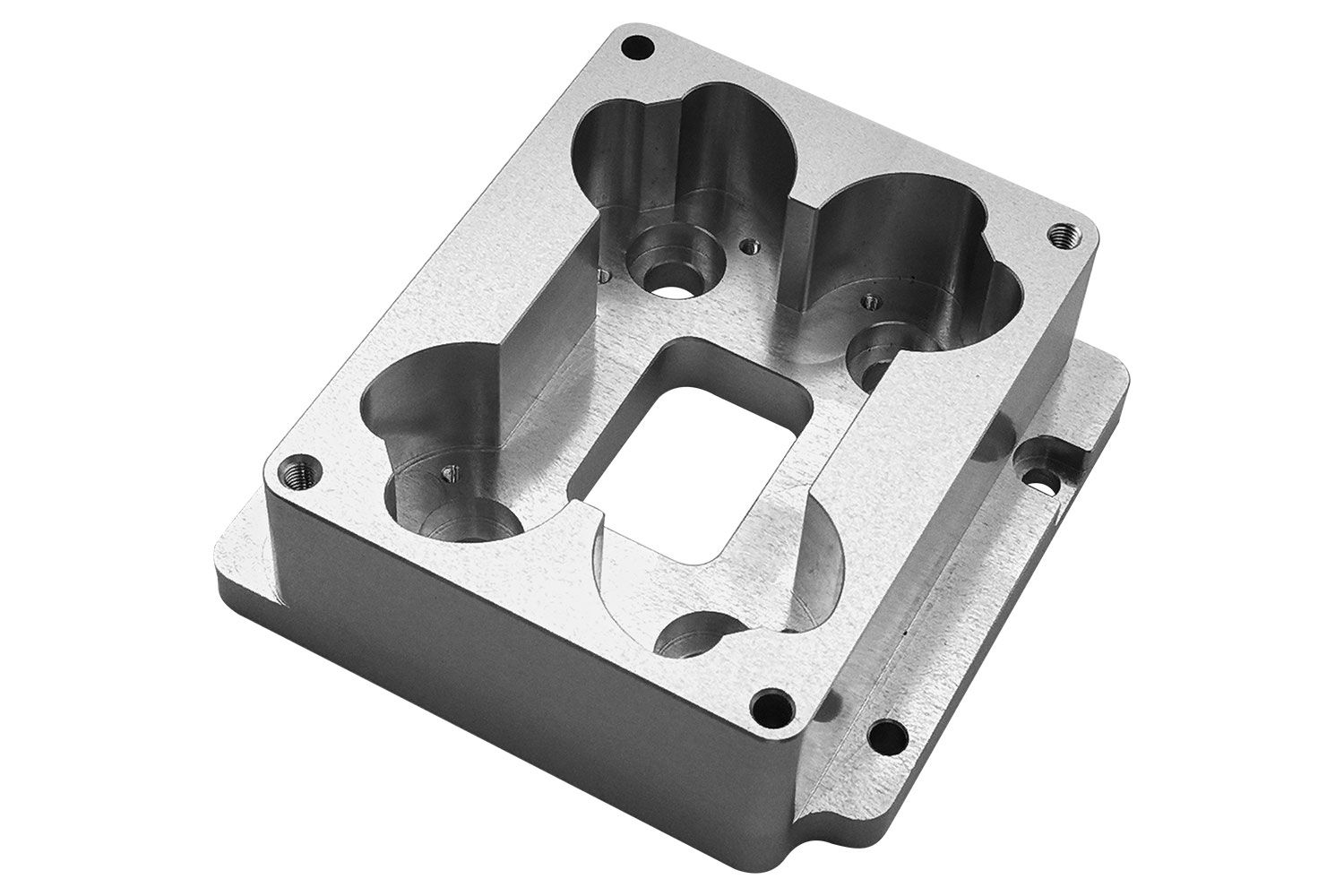Time to read: 6 min

Abstract: Metal surface finishing is a critical process in part production, enhancing not only the appearance but also the durability and functionality of metal parts. This article explores the basics of metal surface finishing, its importance, various techniques, and how to choose the right finish for your project.
Body:
In the realm of part production, the quality of the finished part can be significantly elevated through meticulous metal surface finishing. A range of techniques is employed by machinists and fabricators to refine metal surfaces, with the choice of technique often depending on the intended application of the product.
Surface Finishes Basics
Surface finishing, also known as surface texture or roughness, involves altering the metal's surface through addition, removal, or reshaping processes. This not only serves aesthetic purposes but also provides protective chemical reactions on metal surfaces.
Importance of Surface Finishes
Beyond aesthetics, surface finishes offer vital protection to metals, enhancing their resistance to corrosion, facilitating the manufacturing process, improving conductivity, and increasing resistance to chemicals and wear.
Metal Surface Finishes
The choice of metal surface finish is dictated by the project requirements. Here are some common techniques:
Anodizing
An electrolytic process that thickens the metal's natural oxide layer, enhancing wear and corrosion resistance, and improving primer and adhesive adhesion.
Powder Coating
An electrostatic process using dry powder applied to the metal surface, followed by oven treatment for adhesion, widely used across various industries.
Pickling
A metal finishing process that removes impurities and irregularities using an acidic substance, crucial for preventing corrosion and preparing the surface for further treatment.
Polishing
A technique to produce a shiny, reflective metal surface, applicable to both new and used parts, enhancing aesthetic appeal.
Grinding
A machining process to smoothen metal surfaces, often used before painting or coating, suitable for various metals like aluminum and stainless steel.
Lapping
A precision technique for high surface refinement and flatness, typically done by hand with a soft iron tool and mild abrasive slurry.
Measuring Surface Finish
The surface finish is measured by analyzing the surface roughness, using methods such as surface roughness comparators, surface profile scanners, or coordinate measuring machines.
Surface Finish Roughness Chart
A chart comparing surface finishes based on the Ra parameter, indicating the arithmetic mean deviation on the surface, with lower values representing smoother surfaces.
How to Choose Metal Surface Finishes
Selecting the appropriate metal surface finish involves considering factors like speed, material compatibility, and budget. It's essential to choose a finish that aligns with project timelines, material properties, and cost-effectiveness.
Conclusion
Proper surface finishing is indispensable in metal parts production, benefiting both manufacturers and end-users. Understanding your needs and choosing the most suitable finishing technique is crucial for achieving optimal results.
UnoFactory Rapid Prototyping Services
At UnoFactory, we specialize in providing quality surface finishing services at affordable prices. With our 200 sets of 3, 4, and 5-axis CNC machines and a wide range of auxiliaries, we are well-equipped to handle your project requirements, delivering on time and within budget.
Our services are accessible remotely; simply contact us via email, upload your CAD file for a quotation, and let us handle the rest.
FAQs
- How to paint metal without brush marks: Smoothly sand the surface, apply an oil-based primer, ensure paint is well mixed, and use a gentle brushing technique or a spray machine.
- Factors affecting surface finish: Cutting edge geometry accuracy, tool wear, built-up edge, and machine tool accuracy.
- Primary reasons for surface irregularities: Material rupture during cutting, workpiece deformation, and machine tool irregularities.




